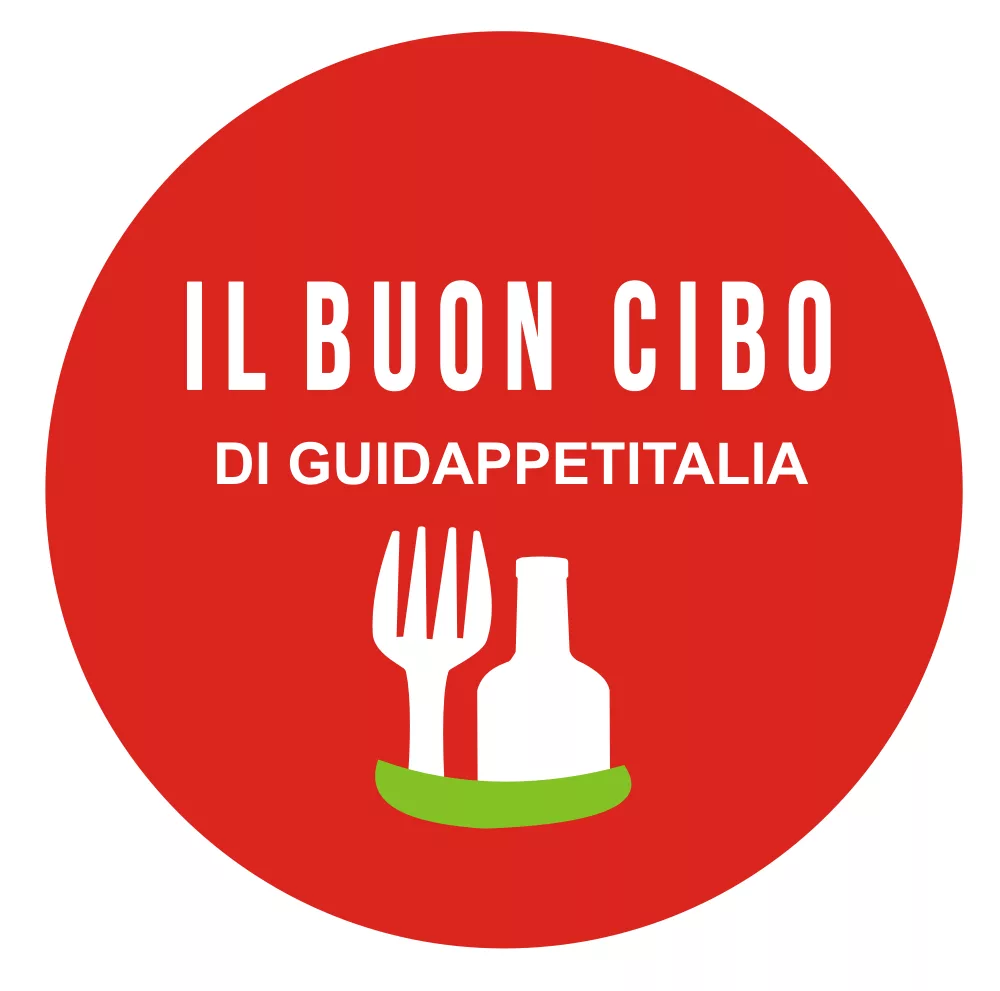The Regions of Artisans
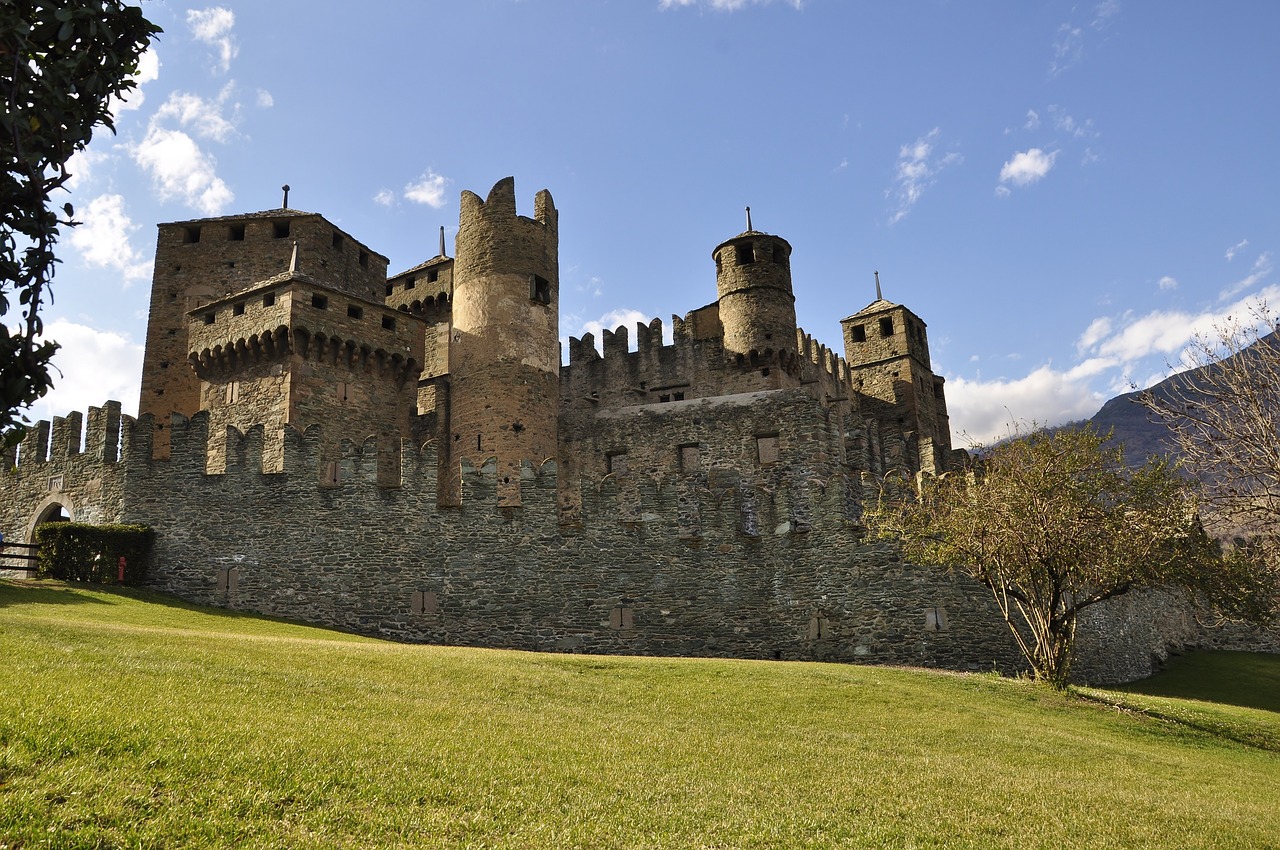
THE AOSTA VALLEY
Aosta Valley cuisine is naturally rich in dishes linked to mountain traditions. Among the cured meats, mocetta, made from chamois or venison, stands out. In the Saint-Rhémy-en-Bosses area, Jambon de Bosses is produced, a ham with a unique flavor and quality due to the area’s alternating cold and dry temperate microclimate.
Aosta Valley’s pastry tradition is represented by the traditional tegole, thin almond cookies presented in their classic round shape. The Aosta Valley is also home to Europe’s highest vineyards, including those of La Salle and Morgex, producing highly aromatic whites like Moscatello and intense reds like Enfer and Donnas. Other notable red wines include Cornalin, Mayolet, Neyret, and Bocoueil, all of which represent the region’s winemaking tradition. Additionally, varieties such as Nebbiolo, Barbera, Merlot, Dolcetto, and Freisa—although more common in other regions—find a unique microclimate in the Aosta Valley that enhances their characteristics.
The abundant mountain fruits allow the locals to produce alpine herbal liqueurs, including the famous Genepì.
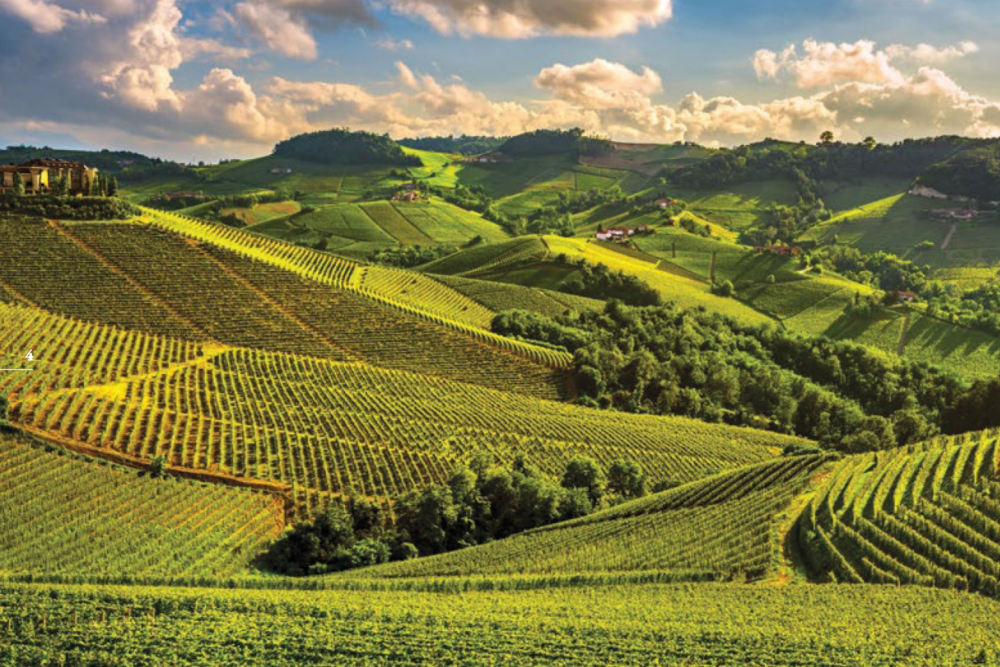
PIEDMONT
Piedmontese cuisine shares many similarities with that of neighboring France. The most internationally recognized dairy product from Piedmont is Castelmagno, made from various types of milk. Other typical PDO cheeses include Robiola, Toma Piemontese, and Raschera.
Piedmont’s pastry sector offers a rich array of specialties, each associated with a specific city: the cookies from Novara, Krumiri from Casale Monferrato, chocolates from Turin, Baci di Dama from Alessandria, Amaretti from Gavi, Asti al Rum, Dragées from Cuneo, and finally, Torrone from Alba. A regional excellence is the Nocciola Tonda Gentile Trilobata, an essential ingredient in many confectionery products, including the Torta Gaugliaudo, typical of Alessandria.
Alba is also famous for its White Truffle, exported worldwide, which has made it an international gastronomic hub.
Few Italian regions can boast as many DOC and DOCG wines as Piedmont. Among the well-known DOC wines are Grignolino and Roero. Among the DOCG wines, besides the celebrated Barolo, Barbaresco, Gattinara, and Gavi, Barbera d’Asti and GAVI DOCG from the Comune di Gavi – Rovereto also stand out as significant oenological excellences. Additionally, Erbaluce, with its freshness and versatility, further enriches Piedmont’s wine offerings.
Rounding out the selection are the sweet and dry sparkling wines from Asti. Pasta, a product of excellence in Piedmont, features prominently in many traditional dishes, often accompanied by rich and flavorful sauces. Rice cultivation, particularly Riso Gloria from Vercelli and Riso della Baraggia, which are highly regarded for their quality, holds a special place in Piedmontese gastronomy, transforming the landscape into mirror-like lakes during the irrigation months of May and June.
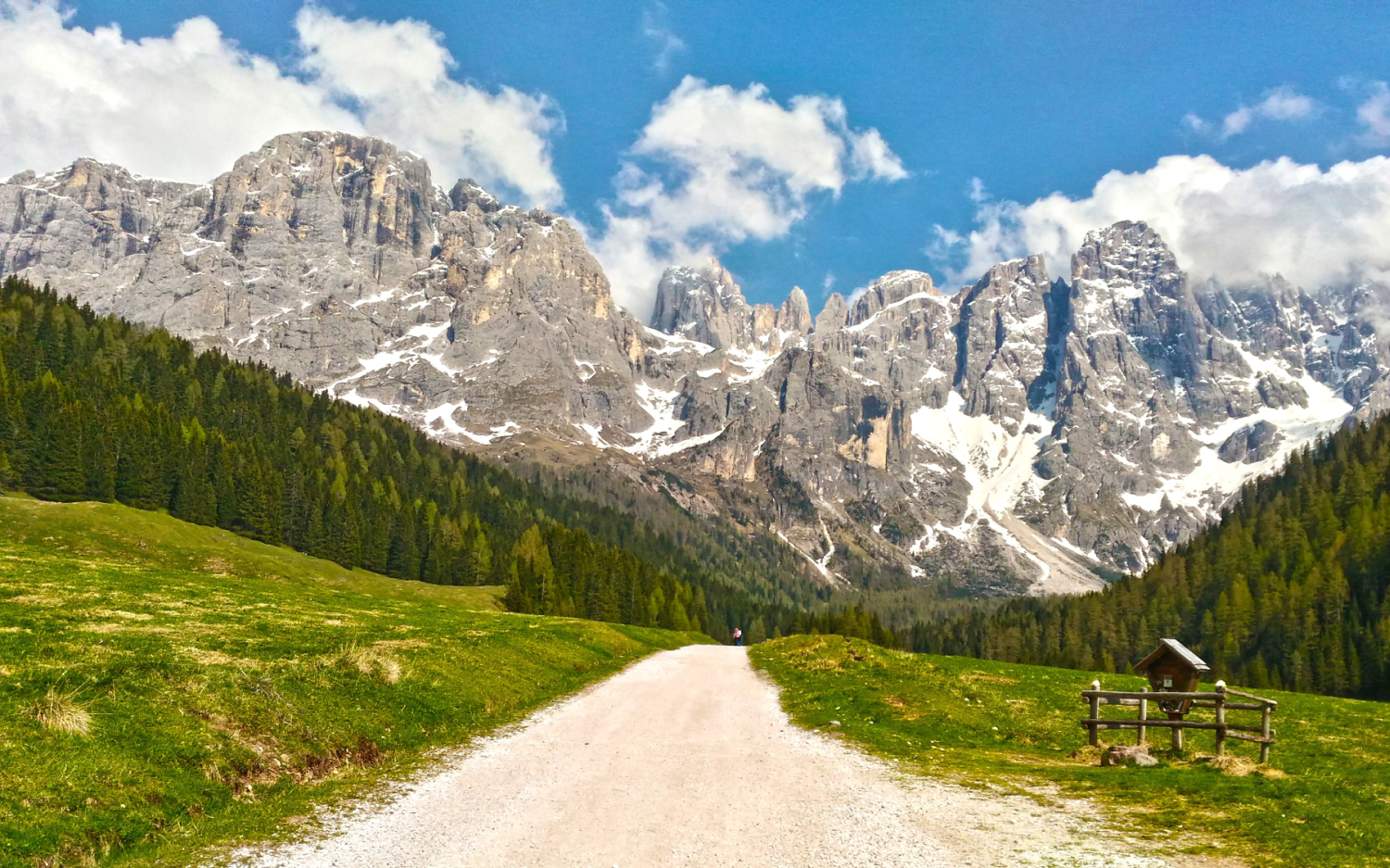
TRENTINO-ALTO ADIGE
Trentino cuisine balances Northern Italian traditions with influences from the Austro-Hungarian Empire and, more recently, German and Austrian cuisine. One of the region’s most renowned products is PGI Speck, derived from pork, requiring specific environmental conditions for curing and traditional processing methods. The typical dessert is Strudel, which varies in recipe depending on the production area.
The robust natural selection of grape varieties, due to the harsh winter climate and alpine terrain, results in selected grapes for full-bodied red wines like Merlot, Cabernet, and Pinot Noir, and fruity whites like Müller Thurgau, Riesling, and Sylvaner. Additionally, prestigious wines like Superiore Chardonnay represent one of Trentino’s oenological excellences.
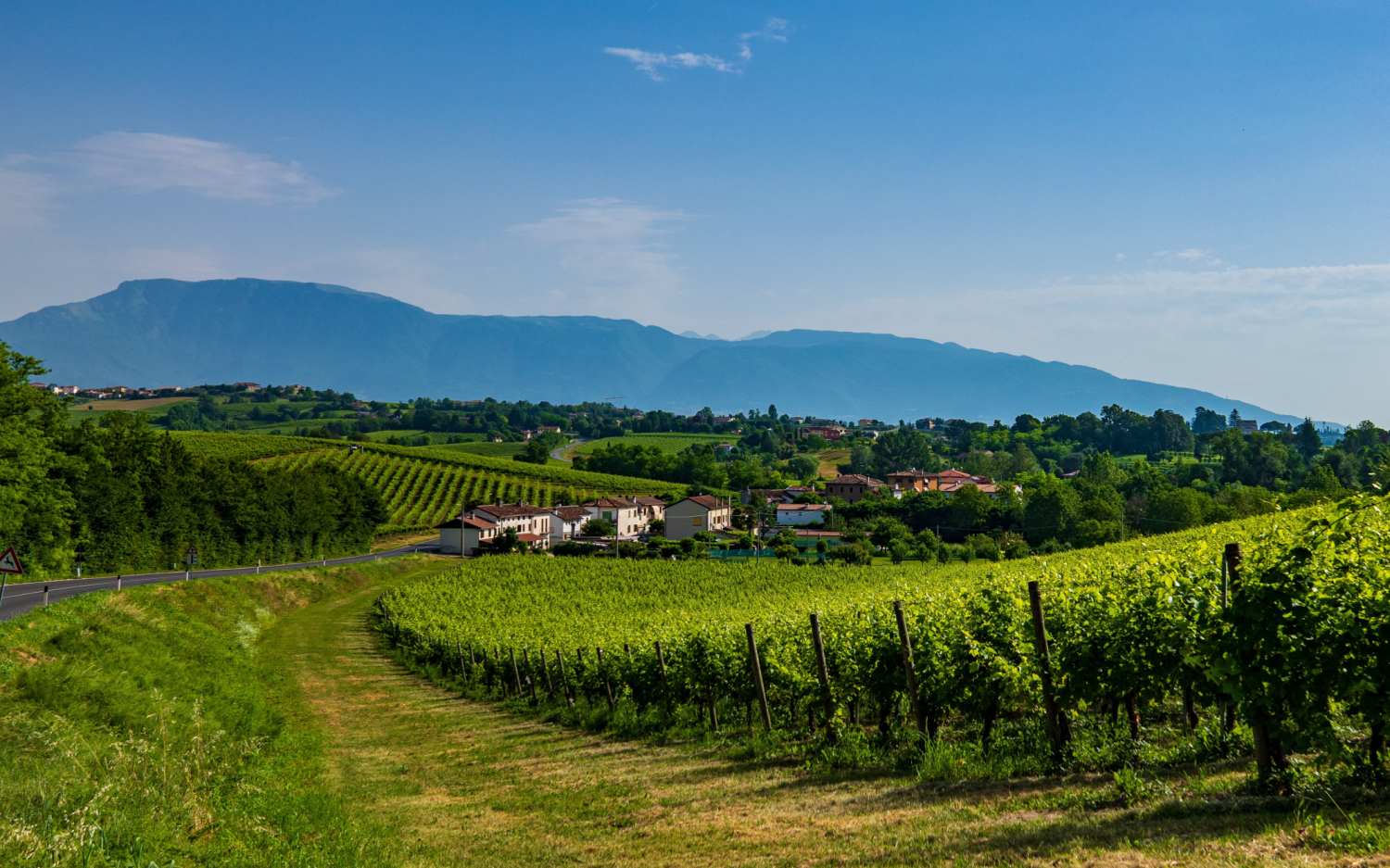
VENETO
The culinary culture of Veneto, influenced by the centuries-old Venetian Republic, is evident in every province. In turn, Venice itself has been influenced by its close ties with Central European culture. In the dairy sector, the most famous and appreciated product is PDO Asiago, which has spread from the homonymous plateau to the rest of the region over the past four centuries, giving rise to Pressato del Vicentino and PDO Montasio.
On the Veronese side of Lake Garda, a native olive variety is cultivated, producing a delicately flavored and aromatic PDO extra virgin olive oil. Veneto’s dessert scene is rich with offerings like Pandoro Veronese, Mandorlato from Cologna Veneta, Baìcoli, Fregolotta with almonds, and Zaleti.
Veneto’s wine heritage is abundant with sparkling wines exported worldwide, such as Prosecco Valdobbiadene, and still DOC wines like Sauvignon, Merlot, and Cabernet. The DOCG category includes Soave, Recioto, and the prestigious Chardonnay and Pinot Noir. The region’s culinary offerings are completed by the San Giuseppe liqueur from Bassano del Grappa, known for its unique and traditional flavor.
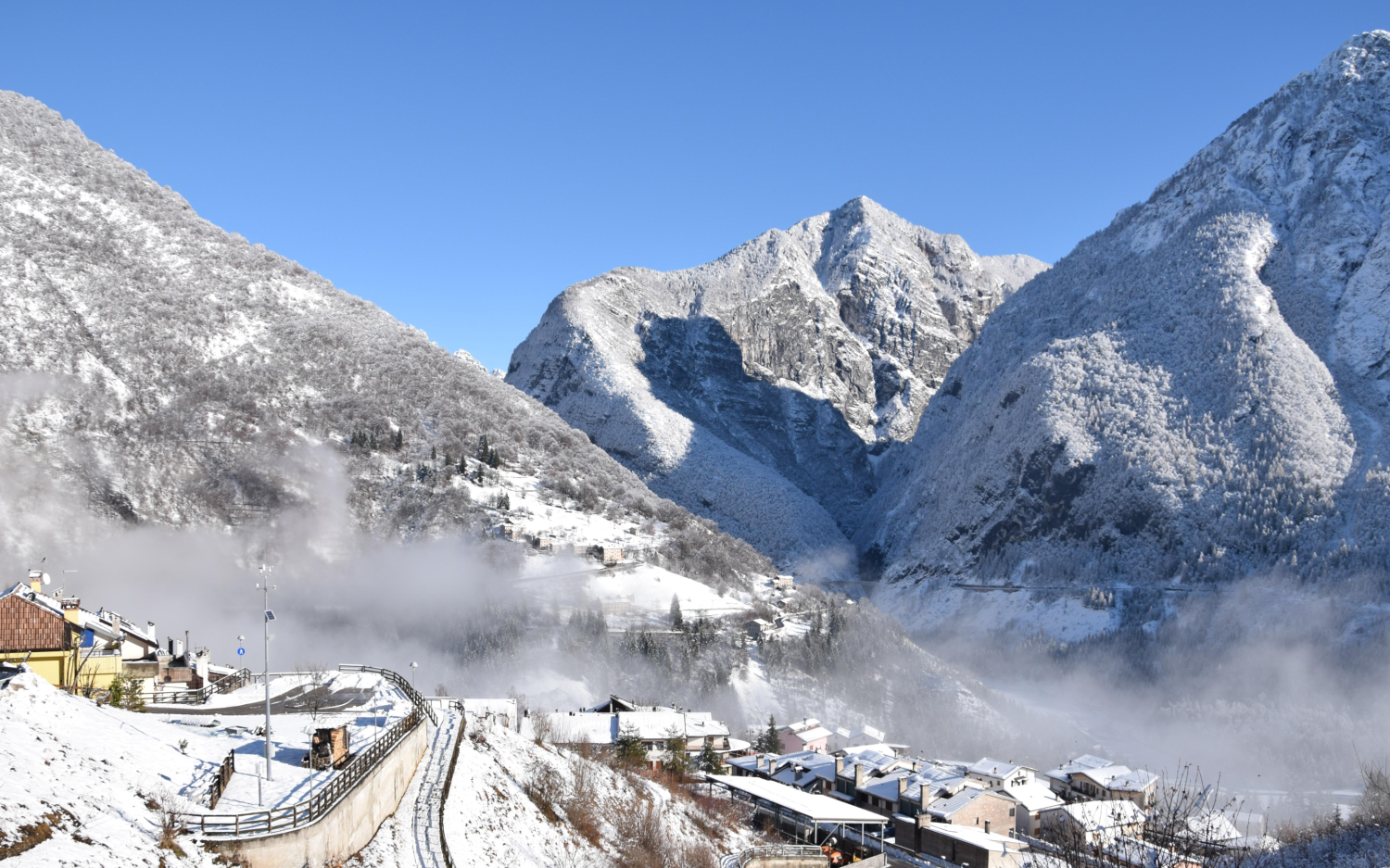
FRIULI VENEZIA GIULIA
Though Friuli is a relatively small region, its borderland vocation and historical divisions have resulted in great internal diversification in terms of food culture. There is a tradition of mountain cheeses, with PDO Montasio and Frico, a hillier tradition with PDO Prosciutto di San Daniele, and a Gorizian tradition more focused on pasta, with potato gnocchi, and pastries with a Central European influence, such as Gubana and Strudel.
There is also a strong tradition of high-quality grappa production in the area bordering the Slavic world: Nocino from Gorizia and Slivoz, both recognized as DOCG.
Friuli’s wines are no less renowned than its other products. In addition to the famous Tocai, Collio wines, and Picolit, other notable wines include Malvasia Istriana, Ribolla Gialla, Schioppettino, Refosco, and Pignolo. These wines represent Friuli’s rich and diverse oenological heritage, contributing to making the region a point of reference in the Italian wine scene.
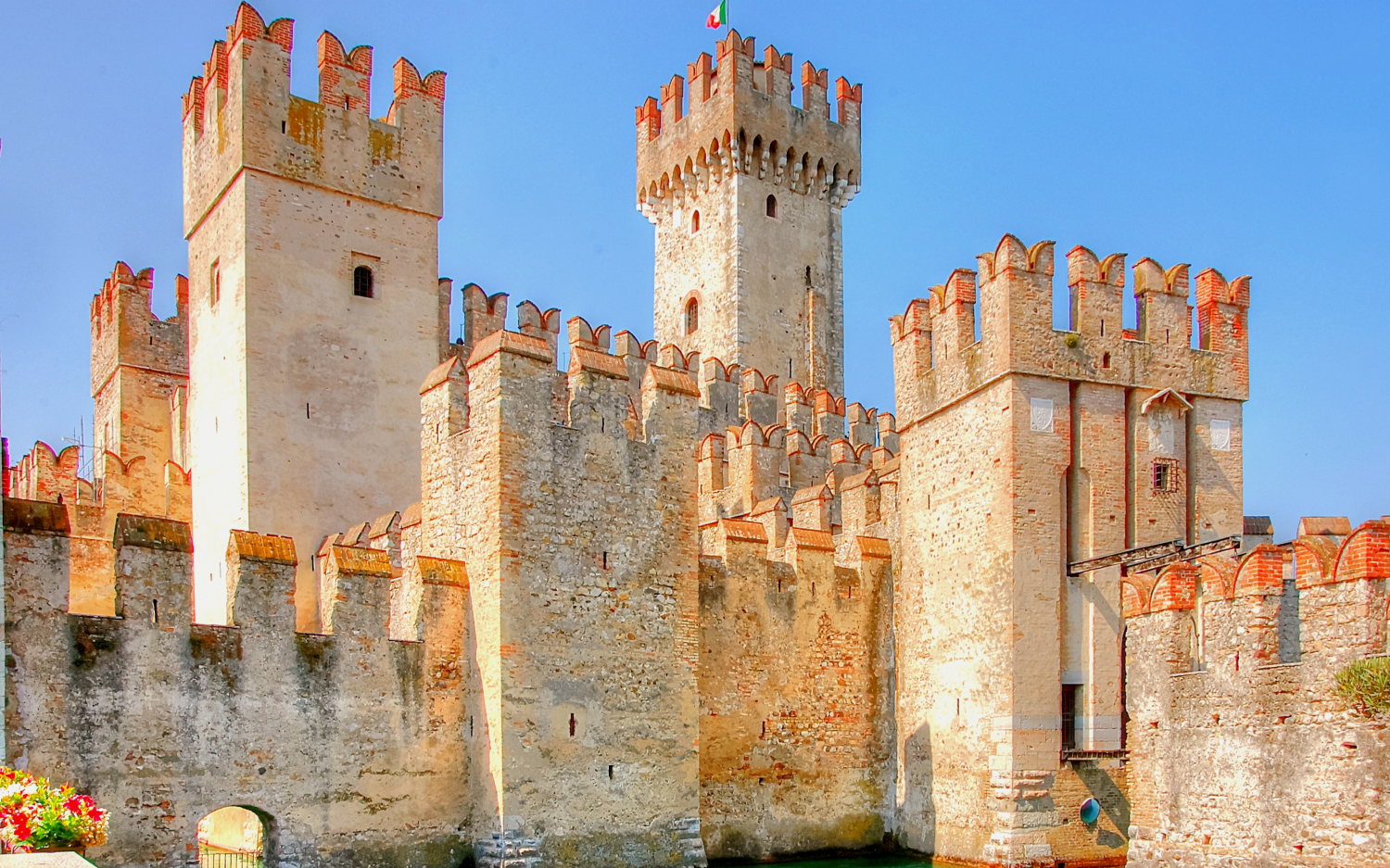
LOMBARDY
Lombardy’s lands have always been generous with food products, thanks to the reclamation and exploitation of the countryside, which has been active since the Middle Ages by the Cistercian Monks. An open region to the influences of neighboring regions and provinces, Lombardy has built a solid mosaic of typical products, starting more with the specialties of its many valleys and provinces than from its metropolis.
From here come the many types of cheeses such as Mascarpone, Gorgonzola, and Taleggio. Among the typical pasta, the Pizzoccheri from Valtellina stand out. Also from Valtellina comes Bresaola, while from Lomellina comes Salame di Mortara and from Varzi its particular raw salami.
The dessert sector is well-stocked with Torta Sbrisolona from Mantua, Torrone from Cremona, and the classic Panettone from Milan. To accompany these foods, there is a wide range of wines, such as Nebbiolo from Valtellina, Bonarda from Oltrepò Pavese, Barbacarlo, and Franciacorta DOCG sparkling wine. Also, Moscato di Volpara, a sweet and aromatic wine, represents an excellence of the Oltrepò.
In addition, Lambrusco from Mantua, with its liveliness and freshness, is another protagonist of Lombardy’s wine scene. Not less important is the craft beer, which has seen significant growth in recent years, with numerous breweries producing high-quality beers often linked to the territory.
Finally, Lomellina is also famous for its natural rice from Pavia, cultivated with sustainable methods that respect the environment, ensuring an excellent product for risottos and other typical dishes. These elements contribute to making Lombardy a region of great importance in the Italian gastronomic landscape. A special mention goes to the liquor factory, which, in addition to its traditions, has a particular vocation for innovation thanks to the great variety of aromatic herbs present in both the plains and mountains.
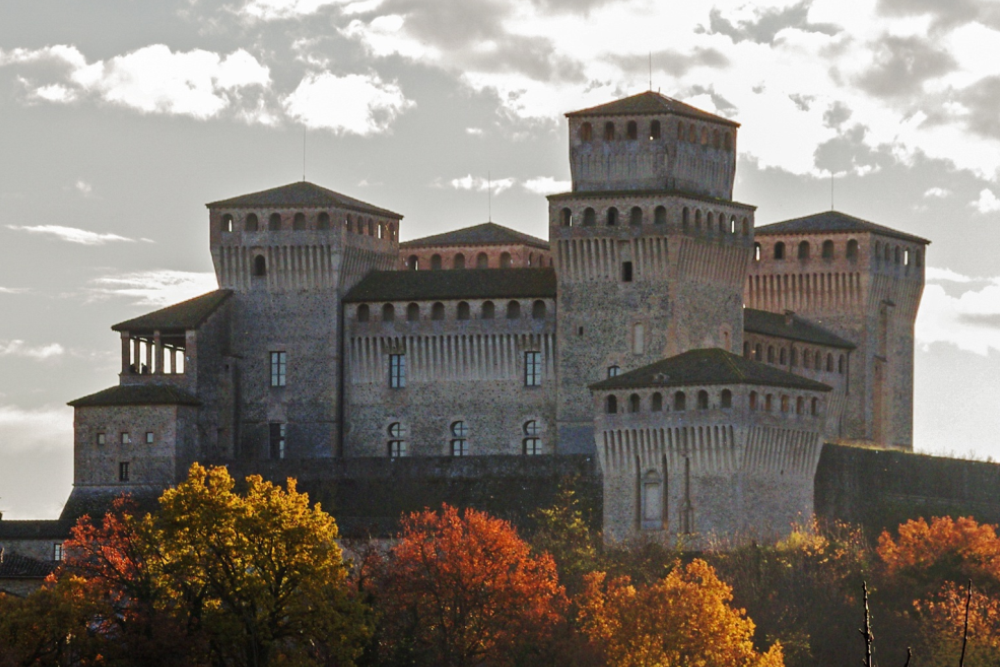
EMILIA-ROMAGNA
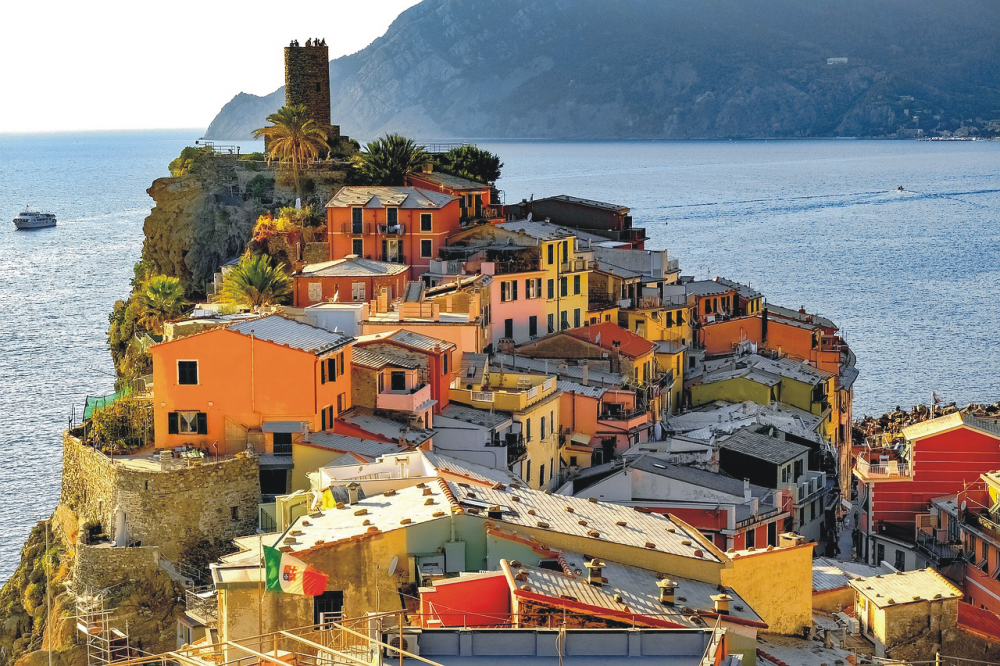
LIGURIA
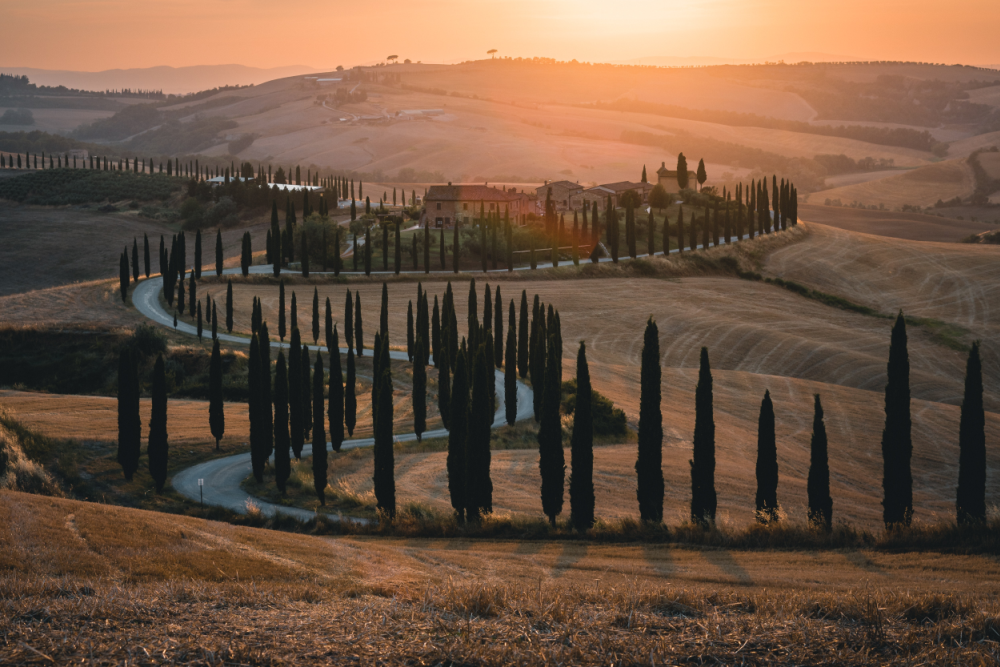
TUSCANY
Tuscan cuisine embodies the entire history of its great cultural past, skillfully combining popular practicality with refined taste. Genuine ingredients and products, enhanced by centuries of culinary wisdom, make this cuisine unique. The cold winter climate and temperate summers, along with the hilly terrain, have enabled the production of top-quality extra virgin olive oil.
In the field of cured meats, prosciutto and sausages stand out, including the famous Finocchiona and, in the Florence area, Buristo, a product made from seasoned pork. The use of spelt, a tradition dating back to the Etruscans, is still common in artisanal sauces and even in biscuits.
Tuscan cheesemaking mainly relies on sheep’s milk, with a wide range of PDO products such as Pecorino Toscano, but the cheeses from Lunigiana and the buffalo dairy products from Maremma are equally famous.
Among the desserts, we find regional specialties like Cantucci, or city-specific ones like Panforte and Ricciarelli from Siena, Brigidini from Lamporecchio, and Buccellato from Lucca.
The wine routes in Tuscany represent the best of global winemaking. From the most noble DOCG Brunello di Montalcino to Chianti, Vernaccia di San Gimignano, DOC Morellino di Scansano, and finally Vin Santo, a liqueur made from dried grapes. Also on the rise and equally prestigious are Bolgheri and Sangiovese di Arezzo, which add further value to the region’s wine offerings. In San Miniato, Tempranillo is produced, a robust wine that adds further prestige to Tuscany’s wine heritage.
Furthermore, Tuscany is renowned for its Pasta Toscana, made from the highest quality durum wheat, representing another symbol of the region’s culinary excellence. This ensemble of products makes Tuscany one of the most representative regions of Italian gastronomic culture.
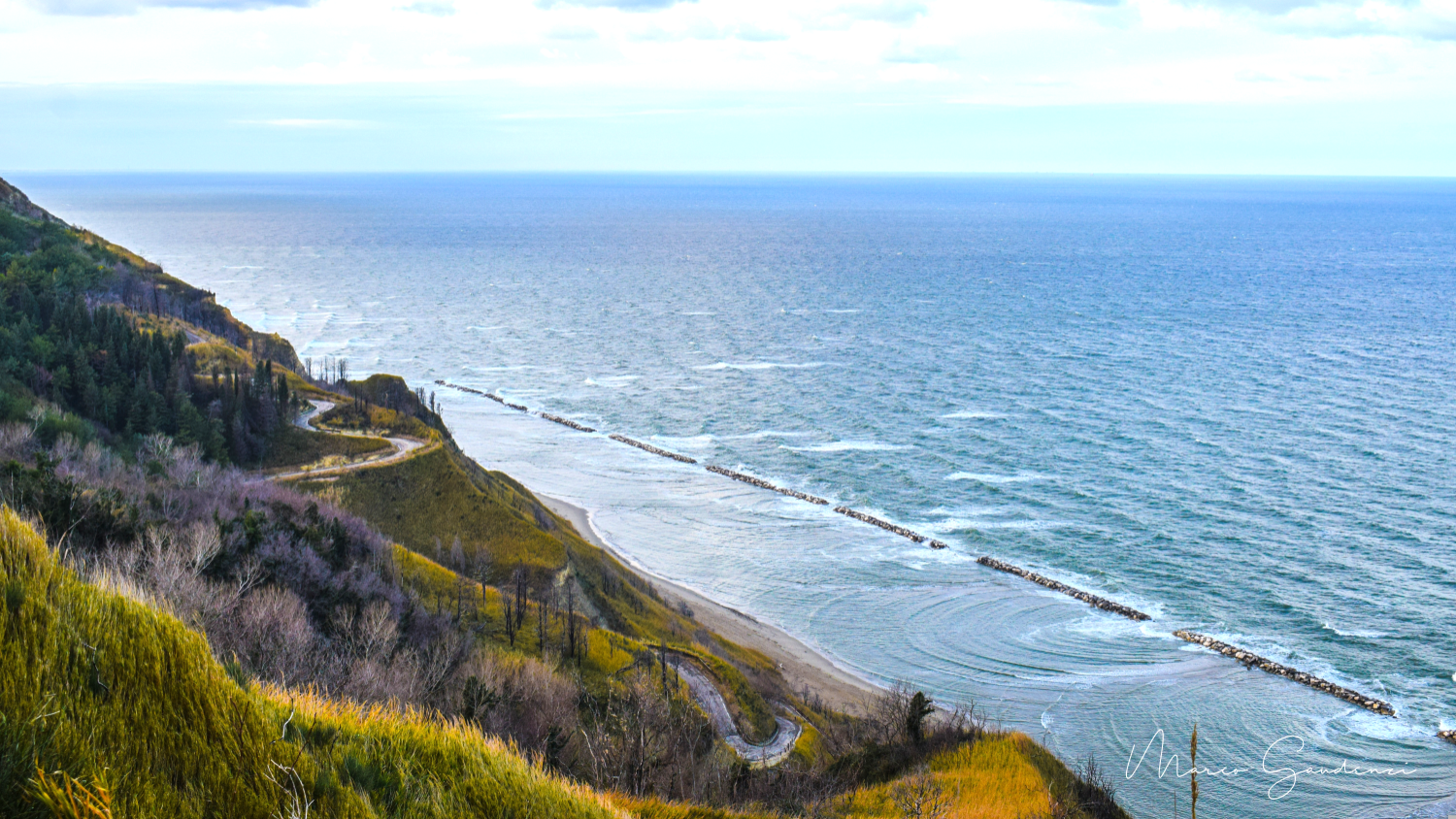
THE MARCHE
The gastronomy of Marche is heavily influenced by its geographical features, with the region equally divided between the sea and mountains. This combination results in a great variety of products that reflect the richness and diversity of the territory. Among the seafood, stockfish stands out, along with other species typical of the Adriatic Sea, which are transformed into delicious sauces for pasta and first courses. Pig farming is the basis for delicacies such as DOP Prosciutto di Carpegna and Casciotta d’Urbino, two products that represent the excellence of Marche’s charcuterie tradition. The region is also renowned for its formaggio di fossa, a cheese that owes its uniqueness to the special aging process in tuff pits, giving it an intense and unmistakable flavor. The truffles from the Urbino area, especially the white truffle, are among the most appreciated and sought after in all of Italy. Among the sweets, panpepato is noteworthy—a spiced, rich dessert that is a symbol of Marche’s Christmas tradition. Completing the sweet offerings is Vino di Visciole from Urbania, a true gem: a wine flavored with visciole (wild cherries), perfect for accompanying desserts or enjoyed on its own as a meditation wine. The Marche table would not be complete without extra virgin olive oil, a product of the highest quality, obtained from olives grown on the region’s hills. This oil is valued for its fruity taste and low acidity, making it ideal both for raw seasoning and cooking. As for wines, the region offers an extraordinary range of options. You can enjoy the famous DOP Verdicchio dei Castelli di Jesi, a dry and aromatic white wine, the full-bodied and intense Rosso Piceno, and the aromatic red Lacrima di Morro d’Alba, with hints of wild berries. The Honey of Monti Sibillini, produced in an unspoiled and biodiverse area, is another Marche excellence, used both as a natural sweetener and as an ingredient in various traditional recipes.
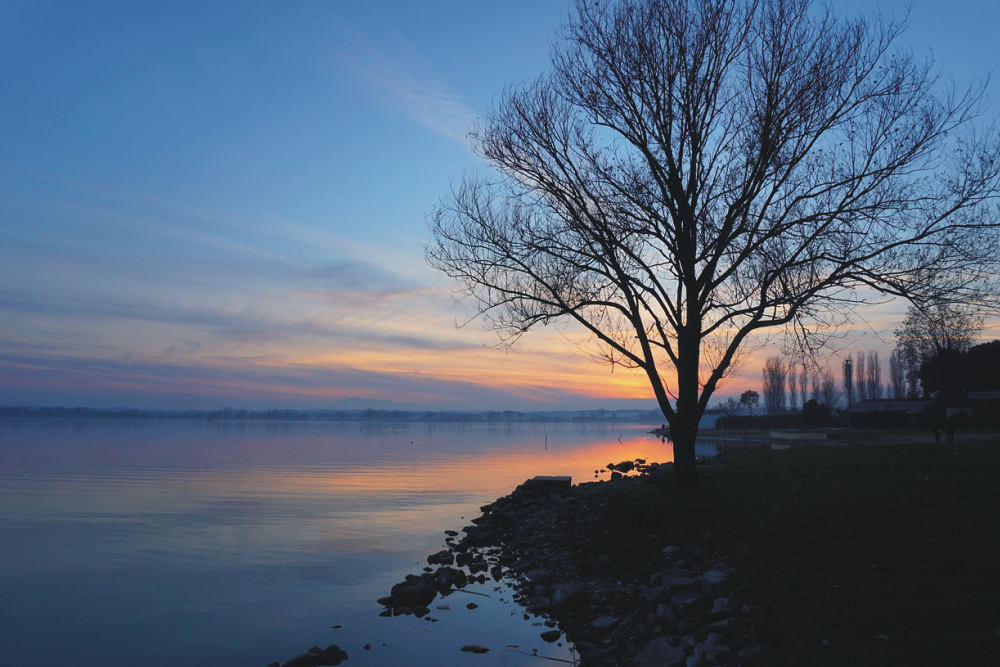
UMBRIA
Umbria is a region deeply connected to its traditions and history, a reflection clearly seen in its gastronomy and wine production. In the collective imagination, the term “norcino” evokes the idea of an expert in the art of charcuterie, and it is in the town of Norcia that the IGP Prosciutto di Norcia is crafted, with its flavor enhanced by the special way it is sliced before being served. From the Valnerina comes a typical prosciutto, created through long processes that maximize the aromas and flavors of the mountains. The truffle, particularly from Norcia, is of extraordinary quality, favored by the region’s unique microclimate, with the prized tuber growing under groves of holm oaks. Typical cheeses include giuncate and the exquisite ricotta salata di Norcia, also produced in Spoleto, made from sheep’s milk and aged for up to a year.
Among Umbria’s desserts are pinoccata, torcolo, torciglione, ciaramicola, and spelt cookies, all derived from ancient Etruscan traditions. Umbria is also famous for its Confetture of Perugia, prepared with the highest quality fruits, ideal for pairing with cheeses and desserts. Saffron, particularly from the Città di Castello area, is another prized product, used in numerous traditional recipes and valued for its intense color and unique flavor.
In terms of wine, Umbria boasts a long tradition that dates back to the Etruscan era. Among the DOCG wines, Torgiano and Montefalco Sagrantino stand out, both known for their structure and complexity. Among the DOC wines, Orvieto, Colli del Trasimeno, and Colli Perugini are noteworthy, expressing the best characteristics of the Umbrian territory. The region is also famous for its craft beer, which has seen significant growth in recent years, thanks to the use of local ingredients and the passion of Umbrian master brewers who have created unique and high-quality products. Finally, Umbria produces top-quality extra virgin olive oil, DOP Umbria, with particular excellence in the Spoleto area and the Lake Trasimeno region, a seasoning that enhances every dish of regional cuisine with its fruity and intense flavor.
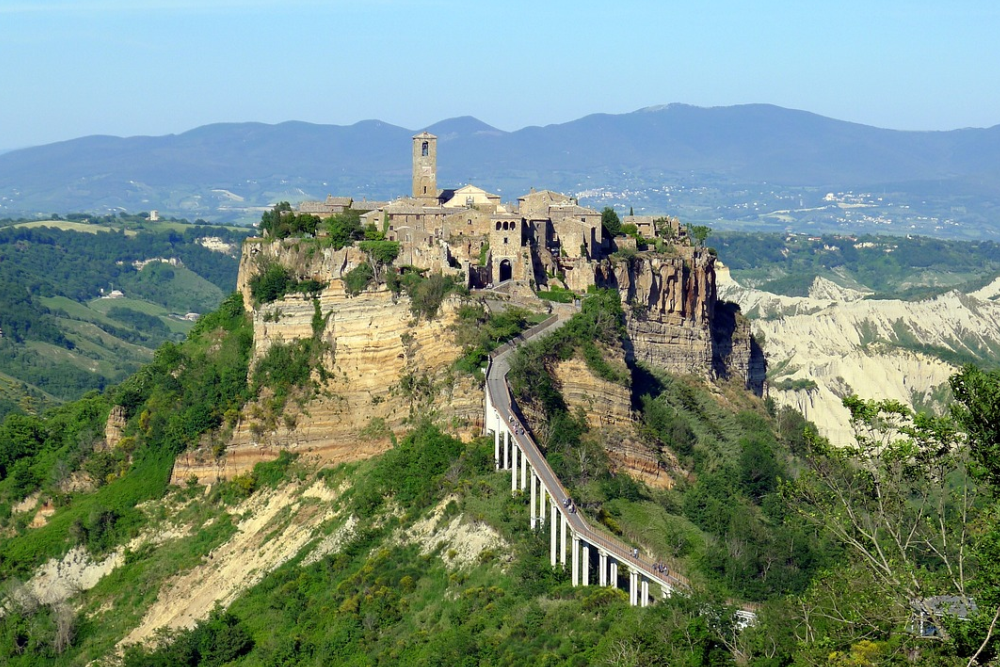
LAZIO
Rome’s inclusive nature has allowed the many culinary experiences of neighboring regions to merge into Lazio’s gastronomic landscape. This fusion of traditions and influences has given rise to typical dishes to be enjoyed at the table and recipes that have conquered the world, such as the products of the Agro Pontino, where fresh vegetables are transformed into delicious sauces and side dishes.
In the cheese sector, the region is known for specialties predominantly made from sheep’s milk, including ricotta romana, mozzarella di bufala, and pecorino romano DOP. A particularity of the region is the nocciola dei Cimini, with low-fat content, which grows in the Lake Vico area and adds a distinctive touch to local dishes. Among baked products, the Farine of Bracciano’s lake are particularly renowned. These high-quality flours are used to prepare bread and pasta that reflect Lazio’s culinary tradition.
In the wine sector, Lazio offers a range of wines that includes the prestigious wines of the Castelli, such as the legendary Est Est Est di Montefiascone and Capena, as well as the Castelli Romani DOC wines. Cesanese di Affile, a robust and aromatic red wine, is an excellent representative of local varieties and contributes to the region’s wine reputation. Among the wines most closely tied to the territory are Colli Albani, Orvieto, and Velletri, which best express the characteristics of Lazio’s soil and climate. Additionally, Lazio’s extra virgin olive oil is a product of the highest quality, appreciated for its fruity flavor and intense aroma, ideal for enhancing every dish of regional cuisine.
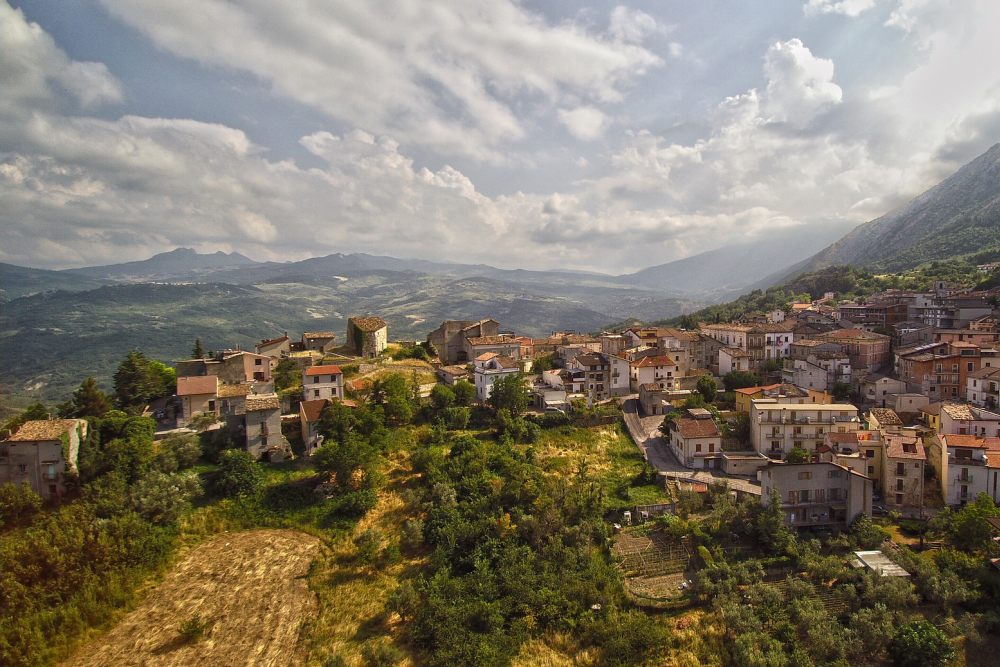
ABRUZZO
A rugged and strong land, Abruzzo makes simplicity and food reuse its characteristic features, with foods deeply linked to regional and provincial traditions. Despite their simplicity, these products are of high value, such as the DOP extra virgin oils Aprutino Pescarese and Colline Teatine, which represent the best of Abruzzo’s olive oil production, appreciated for their fruity taste and rich aroma. The region’s cheeses, including scamorze and pecorino, are among the most appreciated, crafted and aged according to traditional methods that give them a distinctive and authentic flavor. For pasta lovers, maccheroni alla chitarra are a symbol of the region’s milling culture, prepared using artisanal methods that enhance the quality of the raw materials.
Abruzzo’s pastry tradition boasts both excellent industrial production with the famous confetti di Sulmona and artisanal production with torrone al cioccolato, both important representatives of the local sweet traditions. Another regional delicacy is Liquore of Genziana, a typical Abruzzo liqueur, known for its digestive properties and distinctive flavor, obtained from the infusion of gentian roots. Those wishing to taste DOC wines from Abruzzo can find the best in its most famous Montepulciano d’Abruzzo and Trebbiano d’Abruzzo, two wines that best express the characteristics of Abruzzo’s terroir.
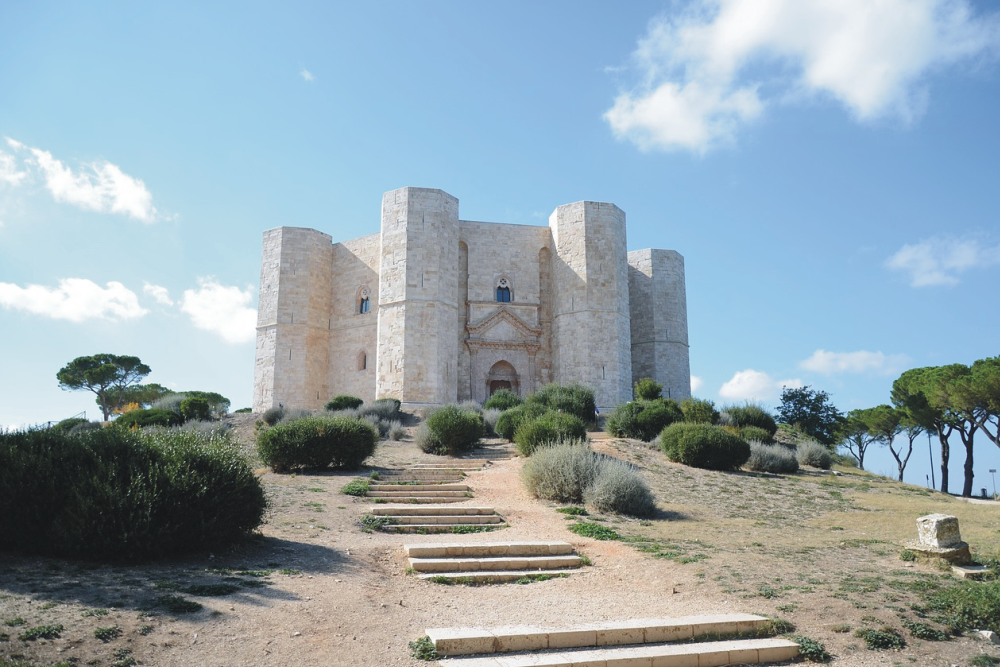
PUGLIA
Greeks, Phoenicians, Arabs, and Romans: their historical and artistic traces are still evident in the Apulian territory. These various cultural influences are alive today and constitute the region’s richest and most varied gastronomic heritage. Apulian cuisine, favored by a mild Mediterranean climate, is based on recipes linked to the land, mainly featuring vegetable sauces, legumes, and the highly valued Coratina extra virgin olive oil, known for its intense and fruity flavor.
From the vast wheat production in the Altamura area comes typical pasta such as orecchiette, an emblem of Apulian culinary tradition, along with taralli, savory biscuits seasoned with fennel seeds and other aromatic herbs. From the sea come anchovies and mussels, ideal ingredients for preparing rich and flavorful sauces. The region’s cheese specialties include products made from sheep’s milk, such as ricotta and fresh pecorino, while cow’s milk cheeses include mozzarellas, caciocavalli, and scamorze, representing the excellence of Apulian dairy products.
Among sweets, many are shared with neighboring regions, such as zeppole and castagnedde. A particular feature of Apulian gastronomy is Liqueur di Altamura, a traditional distilled liqueur with a characteristic flavor, appreciated for its unique aroma. This region ranks first in Italy for the number of vineyards and product quantity, with a particularly rich wine production. Among DOC wines are Primitivo di Manduria, Cacc’e Mmitte di Lucera, Castel del Monte, Locorotondo, Moscato di Trani, Nardò, Rosso di Cerignola, and Salice Salentino, all excellent representatives of Apulian viticulture.
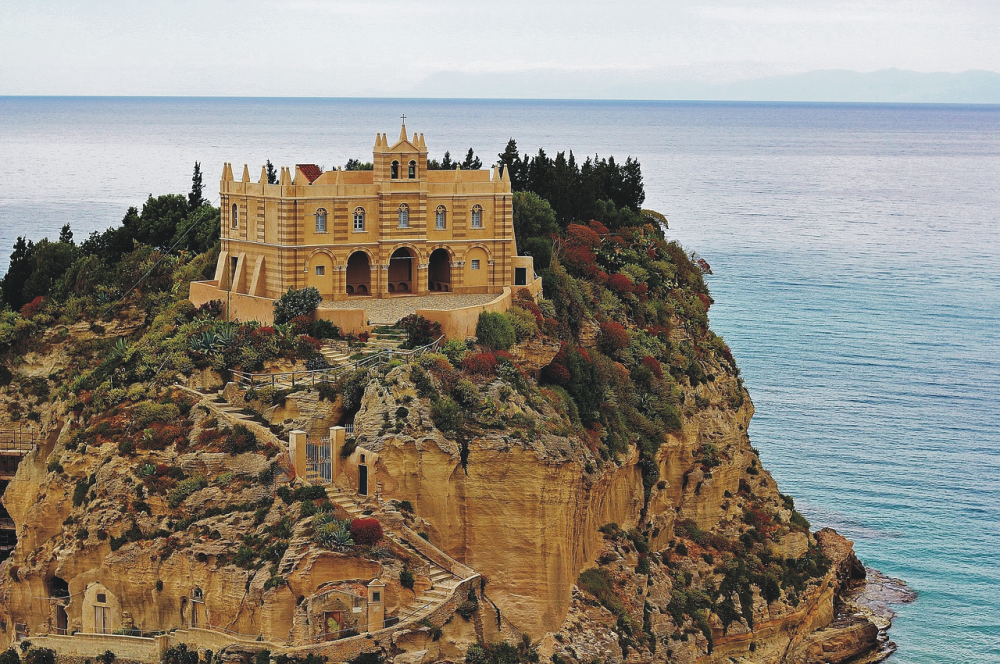
CALABRIA
Many Mediterranean peoples and later the Romans passed through the Calabria region, each leaving traces that are now the pride of its typical cuisine. The Calabrian gastronomic tradition, deeply rooted in the South, is based on natural ingredients from a varied and powerful territory, ranging from mountains to the sea.
Among the gastronomic excellences of Calabria, we find the Soppressata della Sila, a pork sausage that embodies the region’s charcuterie tradition, as well as swordfish and tuna, caught in the crystal-clear waters along its coasts. Another iconic product of Calabrian cuisine is Pane Mattrasau, known for its crispy crust and soft interior, perfect for accompanying typical dishes and cured meats.
Calabrian desserts are diverse and often prepared with ingredients such as oranges and figs. Among the most well-known are Mostaccioli from Soriano Calabro and Tartufo from Pizzo, sweets that pair beautifully with Zibibbo, a liqueur made from dried white grapes. This sweet and aromatic liqueur is an ideal complement to Calabrian desserts.
Calabria’s winemaking tradition is equally rich, with prestigious red wines like Ciro DOC and Savuto DOC, representing the excellence of local viticulture. In the Ionian area, there are also intense and fragrant Pecorino DOP cheeses, made from free-range sheep’s milk, further enriching the region’s gastronomic variety.
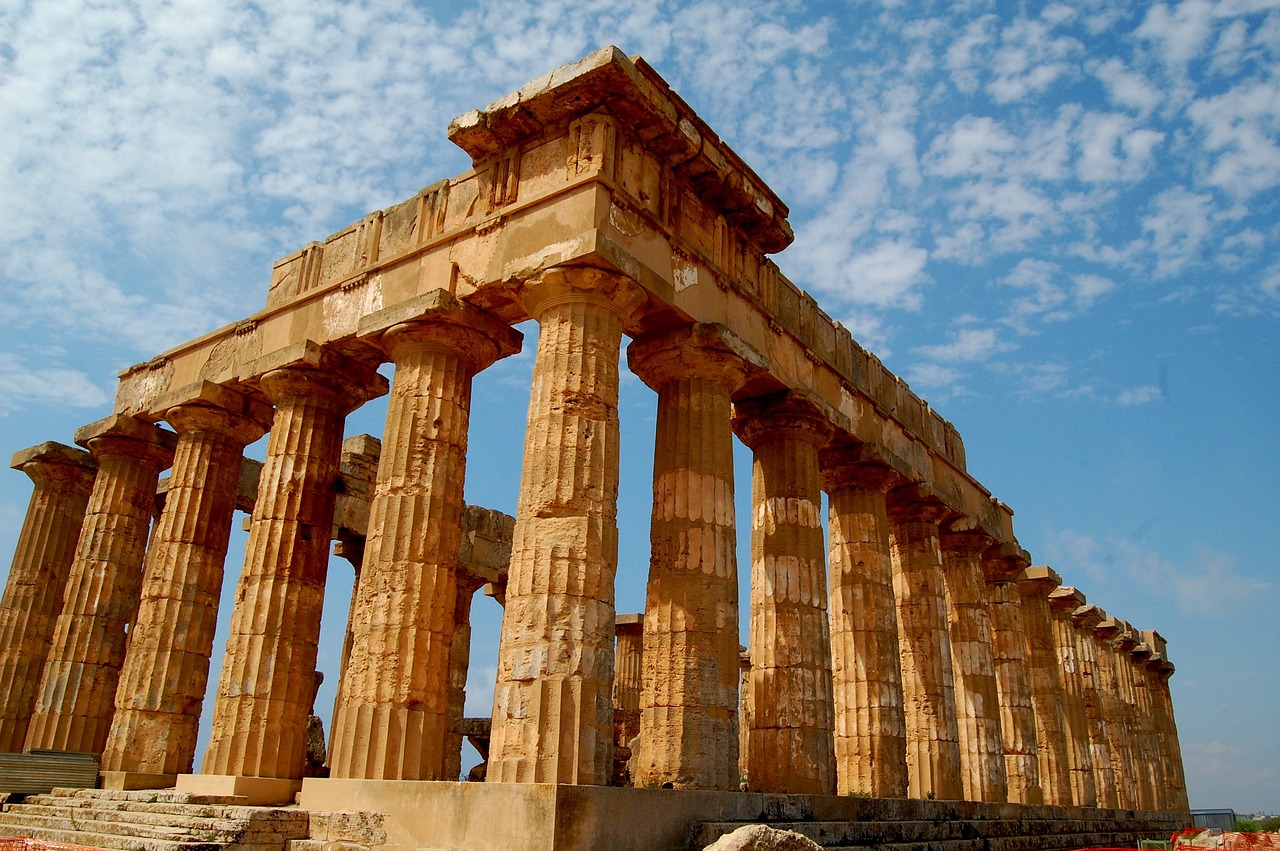
SICILY
The influence of Arab culinary culture is evident in Sicilian gastronomy, recognizable in many dishes made with spices and citrus fruits from the Far East. The Mediterranean vocation is also expressed in fishing, particularly of tuna and swordfish, which are used to create a variety of sauces and preserves that pair perfectly with all types of pasta.The numerous types of Sicilian pasta trace their origins to the ancient milling arts introduced by the Greeks, with one of the most famous recipes being Pasta alla Norma, typical of the eastern coast. Canestrato, a DOP aged pecorino cheese, is the most well-known among the cheeses, celebrated for its high aromatic quality. The region’s generous nature, with its wild and spontaneous plants, allows Sicilian producers to offer a wide range of sauces made with fennel, asparagus, artichokes, and eggplant.
In the production of sweets, the echoes of the East are found in the abundant use of honey, pistachios, and almonds—ingredients that feature in cannoli and the legendary cassata. Other prized ingredients in Sicilian confectionery include candied fruit and marzipan. A specialty worth mentioning is Conchiglie di Noto, made with citron.
The Mediterranean sun and warmth favor the creation of high-alcohol wines, including the white Corvo di Salaparuta, the red Nero d’Avola, and Nero dell’Etna. A highly appreciated white wine is Malvasia delle Lipari DOC, offering aromatic notes and complexity. Grillo and Catarratto are other Sicilian white wines that reflect the freshness and vibrancy of the island’s climate.
In this latitude, the production of highly aromatic liqueurs is a given, with Marsala and Passito di Pantelleria DOC standing out for their richness and intensity.

